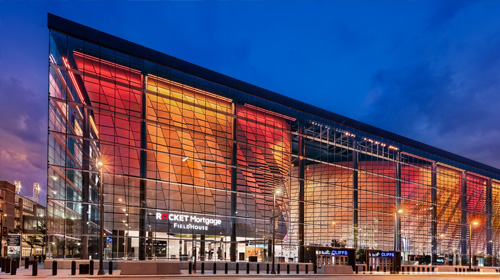Forest Hills Public School District
Michigan. 10,000 students. 1:1 Chromebooks needed more than 30 devices per Access Point (APs).

Watch the video
Digital learning is on the rise. Blended learning, flipped classrooms and digital curricula engage students and help instructors to be more effective. Textbooks are being digitized and open educational resources (OER) are available online for mobile devices to provide rich and interactive content. Bring your own device (BYOD) and 1:1 computing initiatives are replacing wired computer labs, as most students now have consistent access to a laptop, tablet or Chromebook computer. With this advancement, schools need to be prepared with a reliable network that ensures students and teachers have anytime, anywhere access for uninterrupted teaching and learning. Importantly, as schools transition to more screen-based learning, they also need to protect student data privacy through secure network access.
The Challenge
Forest Hills’ legacy network could not keep up with the bandwidth requirements of an ever-increasing population of wireless devices. Established in 1956, several of the district’s twenty-four buildings were built with “RF unfriendly” materials, such as cinder block and brick, making it difficult to deliver fast and reliable wireless service.
“With the expansion of Chromebooks into the schools, we were finding that once you introduced more than 25-30 wireless devices on an access point, it would start to bog down and become a point of contention,” states Chris Alger, systems engineer at Forest Hills Public School District.
Requirements
- A secure and easy to manage network
- Ubiquitous Wi-Fi coverage and strong signal strength to deliver high data rates to thousands of concurrent clients
- Higher capacity client support per access point (AP)
- A future-proof network that could grow as the district’s needs grow
Solutions
- Deployed close to 1,000 indoor APs throughout the district with RUCKUS® 802.11ac Wave 2 R500, H500 and R700
- Installed the RUCKUS virtual SmartZone (vSZ) for redundancy to deliver the high availability needed for online learning
- Installed Cloudpath for secure onboarding of BYOD devices
Benefits
- Equipped FH students and staff with a reliable and secure infrastructure
- Increased the number of concurrent clients supported per AP while improving signal strength and wireless reliability
- Future-proof network to grow as their district grows




